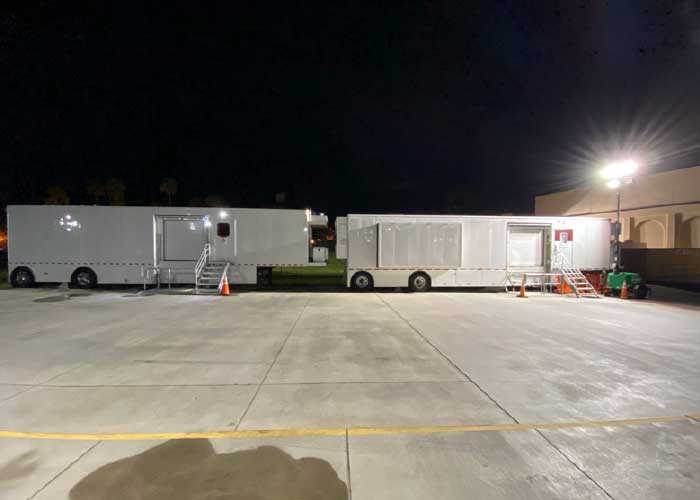What does injury prevention look like in the NBA bubble?
A question that is on everyone’s mind is “How will medical staff prevent player injury during the NBA restart?” Although, injury prevention is always top of mind, it is particularly critical in the current environment. Why? The past four months represent an unprecedented time in sports where players not only were not playing their sport but in some cases were not doing ANYTHING due to strict statewide restrictions relating to social distancing. It might be tempting to think of the current NBA restart as being similar to a lock-out season or pre-season. However, during lockouts or off-seasons, players still have access to the arena, gyms and basketball courts. This level of access was not guaranteed during the COVID shut down and as such, returning to sports currently presents unprecedented challenges for injury prevention.
The impact of a sudden restart in the COVID era was felt in the German Bundesliga where there were 12 injuries in the opening weekend alone. Specifically, resumption of sporting activities puts the athlete at risk for soft tissue and muscular injuries. In addition to these soft tissue injuries, muscular deconditioning associated with a shutdown can lead to loss of the athlete’s typical joint proprioception which increases risk for ligamentous injuries and joint subluxations. So what are some strategies that can be used to ensure injury prevention?
The first step is to understand that soft tissue injuries are expected to a certain degree and as such many teams seek to identify players at risk for injury. Risk stratification with a restart involves screening players upfront to understand their conditioning and where they are resuming from. Invariably some players may have had access to private gyms etc while others may have had limited access to facilities. The key is to take a customized re-conditioning approach.

Based on players’ risk profiles – teams can then adopt a strategy for load monitoring and management. Although “load management” has become a polarizing term in basketball today it becomes particularly key in a restart environment. Teams become attuned to game minutes, practice minutes and how to safely ramp up a player’s load to an optimal level.
In order to facilitate load management, the seeding games become critical. While some have suggested that these early NBA seeding games are unnecessary, in my opinion, they are a highly astute move by the NBA from a player health perspective. Imagine jumping into play-off intensity basketball without these earlier games – the risk for injury would be magnified. By playing these seeding games, the NBA simulates its own pre-season atmosphere within the bubble. This is not to say that the players are treating it like a pre-season at all – as we can all attest to, the level of basketball has been high. However, the seeding games allow players to ramp up to playoff level intensity.
As players and teams ramp up the intensity and minutes played, communication between medical staff and teams becomes critical. Whereas in a regular season atmosphere a “wait and see” approach can be sound, in the bubble it becomes less ideal. The medical architects of the NBA bubble astutely made provisions for MRI and CT studies within the Disney campus with dedicated imaging technologists as part of the bubble medical staff (see picture for MRI and CT center). In order to provide prompt diagnosis and treatment there is a lower threshold to utilize an MRI to better understand the state of soft tissues and to diagnose muscle strains and ligament sprains. Understanding in fine detail what is going on with the soft tissues allows the team and medical staff to make better decisions about playing vs not playing and practicing vs not practicing.
Beyond these strategies for injury prevention – the bubble by its very nature allows teams to maximize player recovery and injury prevention. Specifically, travel is eliminated and after strenuous games players are a short bus ride away from their hotel rooms. Lack of travel and the on-campus environment also allows players to maximize rest and nutrition away from the typical distractions of their normal life. Finally, without visible fans to be disappointed when a star player sits out, the mental burden associated with load management is diminished for the player and the team’s medical staff.
As other leagues contemplate resumption of sports and incorporation of a “Bubble” type atmosphere, the NBA serves as a nice blueprint for best practices in preventing COVID transmission and attenuating the risk of player injury.
The 2020 NBA Bubble is the isolation zone created by the National Basketball Association (NBA) to protect its players from the COVID-19 pandemic during the 2019–20 season. Twenty-two teams are participating in regular season and playoff games being held at the ESPN Wide World of Sports Complex at Walt Disney World near Orlando, Florida. Dr. Nwachukwu is a Team Physician for the event.





